Best Practices Articles

How to Build and Grow a Strong Partner Ecosystem
Introduction
A strong partner ecosystem helps businesses grow faster. It opens new doors, brings in more customers, and drives steady sales. But just signing partners isn’t enough. You need a real plan to help them succeed and stick around.
That plan starts with smooth partner onboarding, strong partner relationship management, and consistent partner engagement. You need the right tools, clear communication, and rewards that actually motivate people.
In this article, we’ll walk through how to build and grow a partner ecosystem that works. You’ll learn how to set partners up for success, how to keep them involved, and how to grow together.
Make Partner Onboarding Fast and Friendly
The way you welcome new partners makes a big difference. If you make things confusing or slow, they may lose interest. That’s why great partner onboarding matters.
Start with a simple welcome email. Tell them what to expect and where to begin. Keep things clear. Don’t overload them with info on day one.
Use automation to send out training, approve signups, and assign their first tasks. Let them move at their own pace but stay in control of the process. This saves you time and helps partners feel confident.
Give them access to a partner portal. They should be able to log in, track progress, and find answers to common questions. AI can make partner onboarding even smarter. Based on their role, it can suggest training courses or learning paths. For example, a reseller might need different training than a referral partner. AI makes sure each person gets the most helpful content.
Also, offer live support during onboarding. Chat options, video tutorials, and short weekly check-in calls can make a huge difference. A smooth start builds trust early and sets the tone for long-term success.
Build Lasting Connections with Good Partner Relationship Management
Once partners are onboard, you need to build a relationship with them. Good partner relationship management keeps everyone organized and on the same page.
Start by using a PRM (Partner Relationship Management) platform. These tools store training info, deal updates, marketing materials, and performance stats all in one place. This makes it easy for partners to do their job—and for you to keep track. The best PRM tools let you:
- Track partner activity and deal progress.
- Share new training or content with a few clicks.
- Send automatic updates and reminders.
- Reward partners for hitting milestones.
Use data to understand how partners are doing. Who’s closing deals? Who needs help? AI can give you these answers fast and suggest what to do next.
Be there for your partners. They shouldn’t feel like they’re on their own. Check in often and help them one-on-one when needed. When they feel supported, they’ll stick with you.
Good partner relationship management builds loyalty, reduces confusion, and helps you scale your partner ecosystem without creating chaos.
Keep It Going with Strong Partner Engagement
Getting partners signed up is just step one. You also have to keep them involved. That’s where partner engagement comes in.
Keep communication flowing. Send monthly updates, product news, and tips for success. Let partners know what’s new and how it helps them sell more.
Celebrate wins. Share stories from other partners. A little recognition goes a long way. It reminds people that they’re part of something bigger.
Offer rewards that matter. Give bonuses for closed deals. Let partners level up in your program and unlock better perks. That could mean early access to new features, more leads, or special support.
Support their marketing too. Help them run local events, share branded content, or co-host webinars. When you help partners promote themselves, they’ll work harder to promote you.
Keep learning what they want. Send surveys. Ask what’s working and what’s not. Listen to feedback and use it to improve the program.
Partner engagement isn’t about one big moment. It’s about steady, helpful interactions that build trust over time.
Work Together with Co-Marketing and Co-Selling
Partners don’t just want tools. They want teamwork. When you sell and market together, you both win. Start with co-marketing. Create easy-to-use content your partners can share—like blog posts, guides, emails, and videos. Add your logo and theirs. This builds brand awareness on both sides.
Run joint webinars or live events. Focus on solving real customer problems. These events help partners build credibility while also boosting your reach.
Give partners access to MDF (Marketing Development Funds). These funds help them run local ads, sponsor events, or create content. It’s a great way to help smaller partners make a big impact.
Co-selling means you and your partner work on deals together. You plan accounts, join calls, and give demos as one team. Both teams work together to close deals faster and give customers more confidence.
The more you market and sell with your partners, the stronger your partner ecosystem becomes.
Use Smart Rewards to Keep Partners Motivated
Let’s face it—people like getting rewarded. A good reward system keeps partners motivated and loyal.
Use a tiered model. As partners sell more, train more, and engage more, they move up in the program. Higher tiers unlock better perks like bigger margins, free leads, or priority support.
Offer simple bonuses for hitting targets. Maybe it’s a quarterly sales bonus or a reward for completing a new certification. Give out MDF to help them grow their own business. Let them use those funds to run ads, go to trade shows, or create content.
Offer early access to new products or invite top partners to beta programs. Give them insider info that makes them feel like part of your team.
Different types of partners want different rewards. Referral partners love fast commissions. Resellers care about profit margins and sales support.
OEMs want strong tech access and long-term contracts. Strategic partners want executive-level check-ins and joint business planning. Customize your rewards based on partner type. That makes your program more fair—and more effective.
Track the Right Numbers and Keep Improving
You can’t grow your partner ecosystem if you don’t measure progress. You need to know what’s working—and fix what isn’t.
Start with onboarding. How many partners sign up? How many finish training?
Then look at partner engagement. Are they registering deals? Are they logging into your portal? Are they using your content?
Check sales data too. What percent of your revenue comes from partners? Are some partners doing better than others? Why?
Keep an eye on partner satisfaction. Send short surveys or use tools like NPS (Net Promoter Score) to see how partners feel about your program.
Hold regular check-ins. Run quarterly business reviews with top partners. Use the time to talk about results, feedback, and next steps.
Create a partner advisory board. Invite your most active partners to give input on program updates. Let them test new ideas before you roll them out.
Tracking performance and listening to feedback helps you stay ahead. It shows you care—and keeps your partner ecosystem growing in the right direction.
Conclusion
You build a great partner ecosystem with a smooth start, strong relationships, and steady engagement.
Focus on simple, clear partner onboarding to help new partners get going fast. Use smart tools and check-ins to manage relationships. Keep partners active with consistent updates, rewards, and real support.
Market and sell together. Give them tools and funds to grow. Celebrate wins, fix problems quickly, and keep making the program better.
And don’t forget to track what matters. Know your numbers, listen to feedback, and always look for ways to improve.
When you support your partners well, they’ll help grow your business in return.
So start today. Build trust. Offer value. And grow a partner ecosystem that wins—together.
Best Practices Guidebook
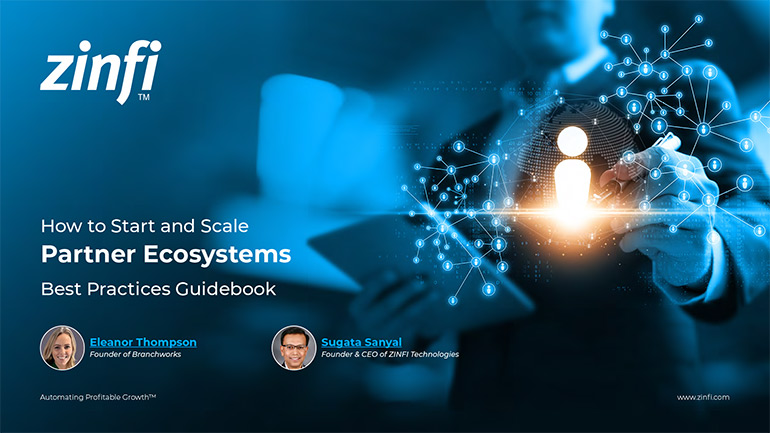 How to Start and Scale Partner Ecosystems Best Practices
How to Start and Scale Partner Ecosystems Best PracticesDownload Guide
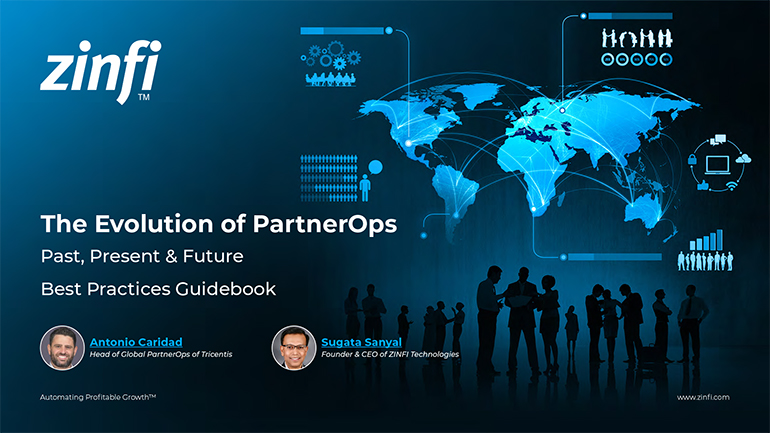 The Evolution of PartnerOps: Past, Present & Future Best Practices
The Evolution of PartnerOps: Past, Present & Future Best PracticesDownload Guide
 Mastering Channel Sales: Strategies, Best Practices, and Growth Tactics for 2025
Mastering Channel Sales: Strategies, Best Practices, and Growth Tactics for 2025Download Guide
 Winning with Partner Advisory Councils: Best Practices for Partner Engagement & Growth
Winning with Partner Advisory Councils: Best Practices for Partner Engagement & GrowthDownload Guide
 The Future of Partner Ecosystems Best Practices
The Future of Partner Ecosystems Best PracticesDownload Guide
 The AI Revolution: How Technology and Talent are Shaping the Future
The AI Revolution: How Technology and Talent are Shaping the FutureDownload Guide
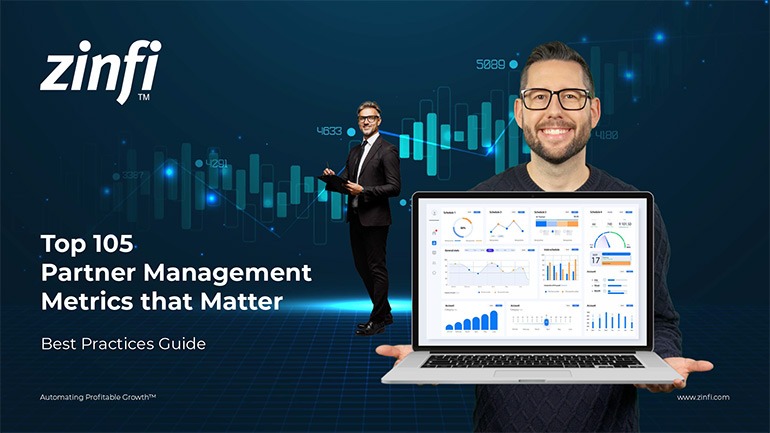 Top 105 Partner Management Metrics that Matter Best Practices
Top 105 Partner Management Metrics that Matter Best PracticesDownload Guide
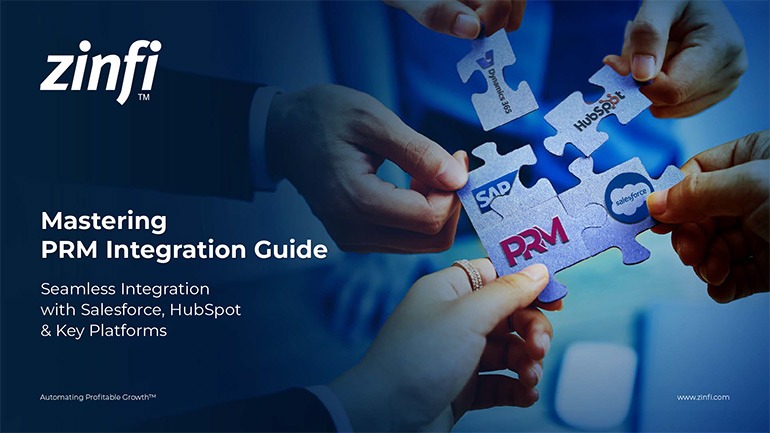 Mastering PRM Integration Best Practices
Mastering PRM Integration Best PracticesDownload Guide
 Building a Sales Partner Portal with Salesforce Best Practices
Building a Sales Partner Portal with Salesforce Best PracticesDownload Guide
 Building and Managing Partner Ecosystems Best Practices
Building and Managing Partner Ecosystems Best PracticesDownload Guide
 Mastering Co-Marketing and Co-Selling Best Practices
Mastering Co-Marketing and Co-Selling Best PracticesDownload Guide
 Transforming Partner Ecosystems Best Practices
Transforming Partner Ecosystems Best PracticesDownload Guide
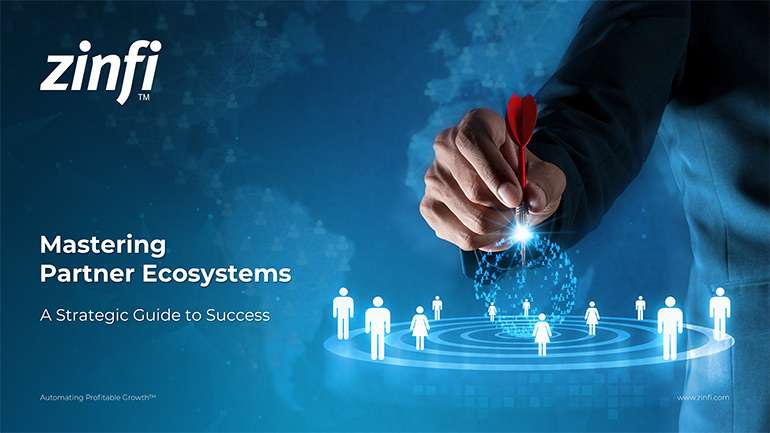 Mastering Partner Ecosystems Best Practices
Mastering Partner Ecosystems Best PracticesDownload Guide
 Mastering Partner Onboarding Best Practices
Mastering Partner Onboarding Best PracticesDownload Guide
 Partner Ecosystem Management Best Practices
Partner Ecosystem Management Best PracticesDownload Guide
 B2B Marketing in the Age of Intelligence Best Practices
B2B Marketing in the Age of Intelligence Best PracticesDownload Guide
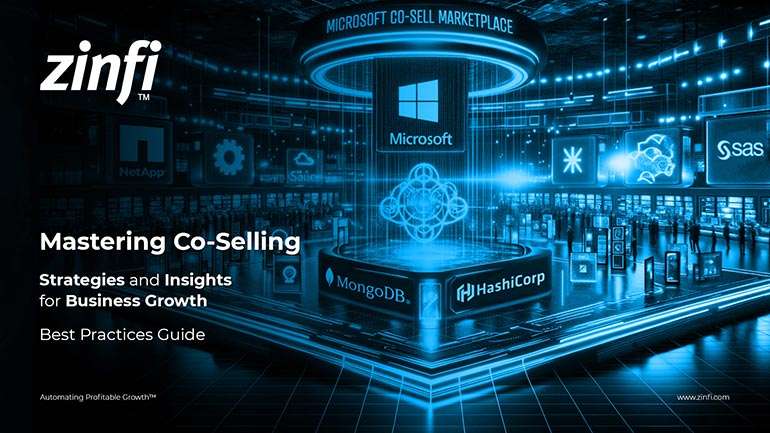 Multi-Partner Co-Selling Best Practices
Multi-Partner Co-Selling Best PracticesDownload Guide
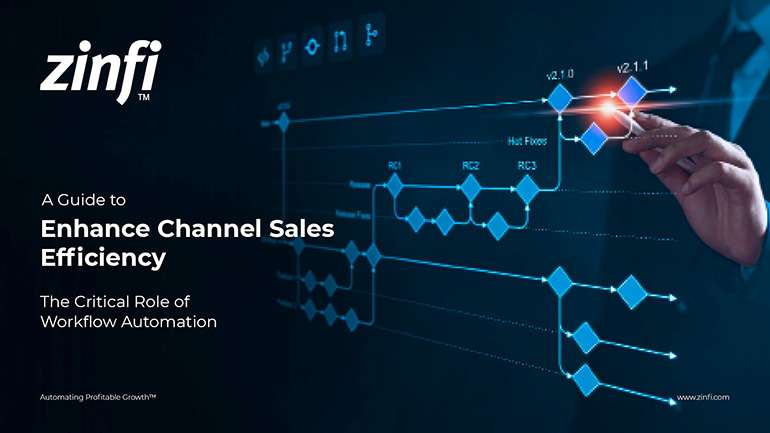 A Guide to Enhance Channel Sales Efficiency
A Guide to Enhance Channel Sales EfficiencyDownload Guide







